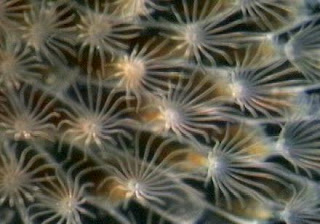Brusca, R.C, Brusca, G.J. (2002). Invertebrates. (Second Edition). Sunderland, Massachusetts: Sinauer Associates, INC.
Gappa, J. L. 2000. Species Richness of Marine Bryozoa in the Continental Shelf and Slope off Argentina (South-West Atlantic). Diversity and Distributions, Vol. 6, No. 1:15-27.
May, W.S. et al. 1987. Antineoplastic bryostatins are multipotential stimulators of human Hematopoietic Progenitor Cells. Proceedings of the National Academy of Sciences of the United States of America, Vol. 84, No.23:8483-8487.
Mayr, E. 1969. Bryozoa versus Ectoprocta. Systematic Zoology, Vol. 17, No. 2:213-216.
Okamura, B. 1992. Microhabitat Variation and Patterns of Colony Growth and Feeding in a Marine Bryozoan. Ecology, Vol. 73, No. 4:1502-1513
http://www.bio.umass.edu/biology/conn.river/bryozoa.html
http://ebiomedia.com/gall/micronat/bryozoan.htmlhttp://www.eeob.iastate.edu/faculty/DrewesC/htdocs/bryozoa2.jpg\
http://www.ucmp.berkeley.edu/bryozoa/bryozoa.html
http://scilib.ucsd.edu/sio/nsf/fguide/ectoprocta.html
http://www.sms.si.edu/IRLSpec/IntroBryozoa.htm#Zooids
http://www.tolweb.org/Bryozoa/2490
http://www.ucmp.berkeley.edu/bryozoa/bryozoa.html
http://www.duke.edu/~mcp5/Membranipora.html
www.kgs.ku.edu/Extension/fossils/bryozoan.html
http://www.racerocks.com/racerock/eco/taxalab/2005/membraniporas/membraniporas.htm







